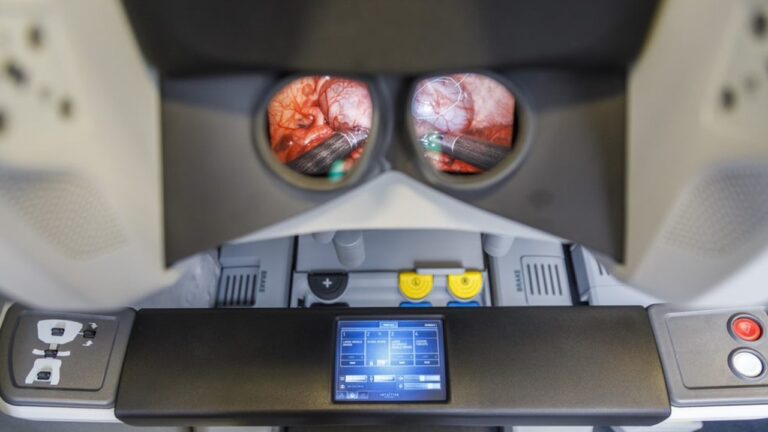 Microsoft Bing Visual Search enables people around the world to find content using photographs as queries. The heart of this capability is Microsoft’s TuringMM…
Microsoft Bing Visual Search enables people around the world to find content using photographs as queries. The heart of this capability is Microsoft’s TuringMM…
Microsoft Bing Visual Search enables people around the world to find content using photographs as queries. The heart of this capability is Microsoft’s TuringMM visual embedding model that maps images and text into a shared high-dimensional space. Operating on billions of images across the web, performance is critical. This post details efforts to optimize the TuringMM pipeline using NVIDIA…

 Producing commercials is resource-intensive, requiring physical locations and various props and setups to display products in different settings and…
Producing commercials is resource-intensive, requiring physical locations and various props and setups to display products in different settings and… Polars, one of the fastest-growing data analytics tools, has just crossed 9M monthly downloads. As a modern DataFrame library, it is designed for efficiently…
Polars, one of the fastest-growing data analytics tools, has just crossed 9M monthly downloads. As a modern DataFrame library, it is designed for efficiently… Developers in the fields of image-guided surgery and surgical vision face unique challenges in creating systems and applications that can significantly improve…
Developers in the fields of image-guided surgery and surgical vision face unique challenges in creating systems and applications that can significantly improve… Updates include tensor parallel support for Mamba2, sparse mixer normalization for MoE models, and more.
Updates include tensor parallel support for Mamba2, sparse mixer normalization for MoE models, and more. NeMo Curator now supports images, enabling you to process data for training accurate generative AI models.
NeMo Curator now supports images, enabling you to process data for training accurate generative AI models.